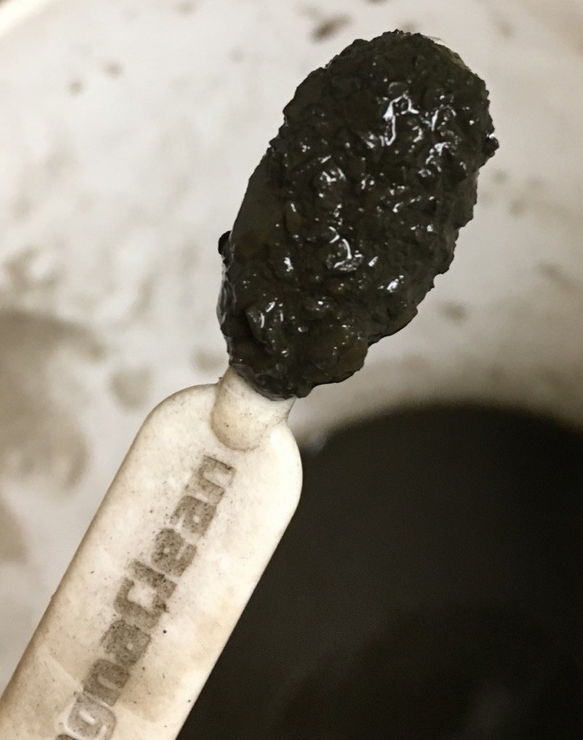.jpg?width=327&name=canstockphoto2748494(1).jpg) According to the World Health Organization, there is no known amount of exposure to lead that is considered safe. It is a toxic substance that is distributed to the brain, liver, kidney and bones and is particularly harmful to young children. Children can suffer permanent effects in the brain and nervous system from lead poisoning. According to the Ohio Department of Health, even small amounts of lead can cause learning and behavior problems in children. High amounts of lead can be fatal. One well-known source of lead contamination is from drinking water delivered from lead pipes or pipes joined with lead solder.
According to the World Health Organization, there is no known amount of exposure to lead that is considered safe. It is a toxic substance that is distributed to the brain, liver, kidney and bones and is particularly harmful to young children. Children can suffer permanent effects in the brain and nervous system from lead poisoning. According to the Ohio Department of Health, even small amounts of lead can cause learning and behavior problems in children. High amounts of lead can be fatal. One well-known source of lead contamination is from drinking water delivered from lead pipes or pipes joined with lead solder.
But are children exposed to lead in our public school buildings?
According to the National Center for Education Statistics, 28% of our nation’s school buildings were built prior to 1950. 45% were built between 1950 and 1969. It was not until 1986 that the Safe Drinking Water Act was amended to include the lead ban, after over 85% of all American public schools had already been built.
You might say at this point: “Doesn’t matter, school drinking water has been tested for lead. It’s totally safe.” And you would be right. School drinking water IS being tested for lead. But is it being properly tested?
A 2017 article in the New York Times explores how experts claimed that New York City’s method for testing water in public schools hid dangerously high levels of lead. The city changed the protocol in 2016 and found that the experts were right. Schools were retested and several were found to have lead levels that exceeded the Environmental Protection Agency’s action level of 15 parts per billion. One classroom faucet had a lead level of 32,500 parts per billion. One drinking fountain had 1,590 parts per billion. According to an expert cited in the article, tap water with a lead level of more than 400 parts per billion represents an acute health risk to young children.
How do we protect children from lead exposure?
- Consistent testing: Drinking water should be tested routinely to ensure EPA quality standards are met.
- Remove/replace old equipment and piping: Many old pipes and plumbing equipment contained lead content. Replacing old equipment with lead-free constructed (NSF-approved) products will protect the system from internal contamination.
- Filtration: There are a variety of treatment options available, including distillation (not practical for commercial applications), carbon filtration (not reliable over the long-term), reverse osmosis (very expensive) and a new electroadsorptive technology.
Building owners and engineers should take a close look at the new electroadsorptive technology which combines the use of a nonwoven media in a traditional filter configuration. Its effectiveness rivals that of reverse-osmosis in removing a wide range of organic and inorganic materials, including viruses, bacteria, polysaccharides, bromine, chlorine, iodine, lead, PCBs and more. It has many advantages over RO but, for drinking water,electroadsorptive filters leave in the minerals which makes it healthier for human consumption.
Keeping lead out of our school drinking water is a concern for all of us, especially those of us responsible for maintaining a safe environment for our students and faculty. Is your school’s drinking water safe? What steps can you take to ensure safe, clean water in your facility?
Blog photo from CanStockPhoto ID#csp2748494


.jpg)



.png)




Submit a Comment